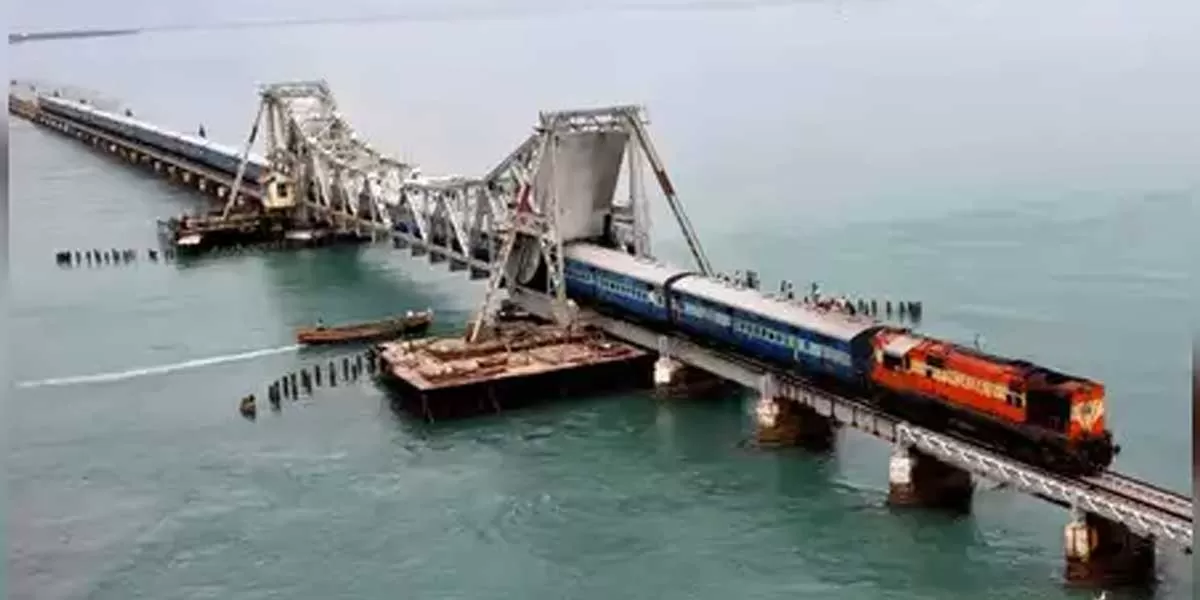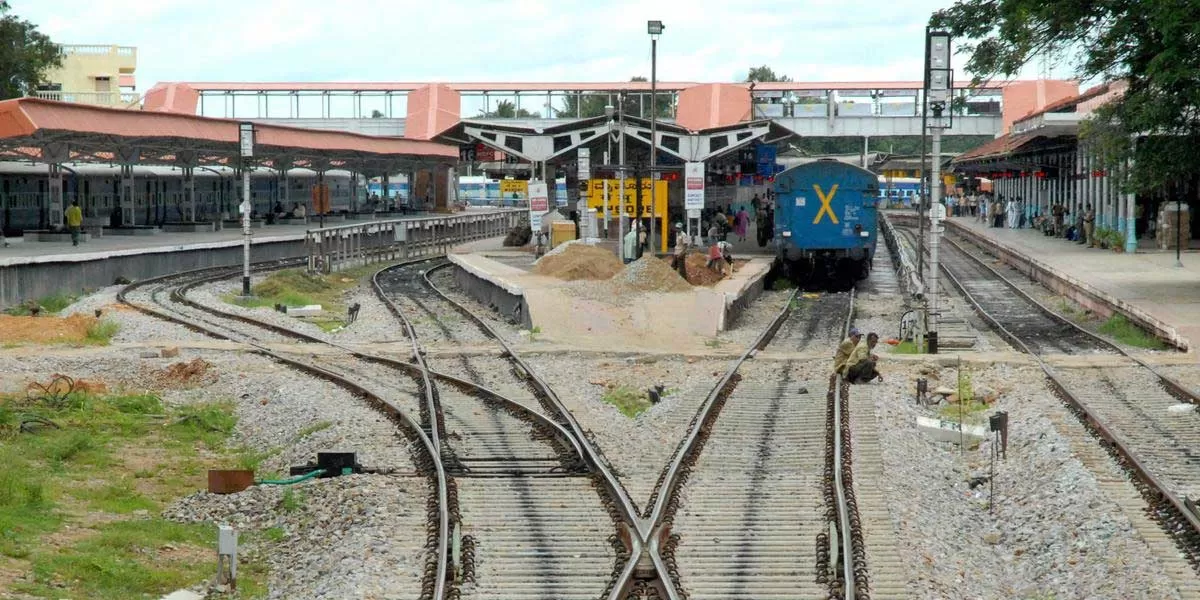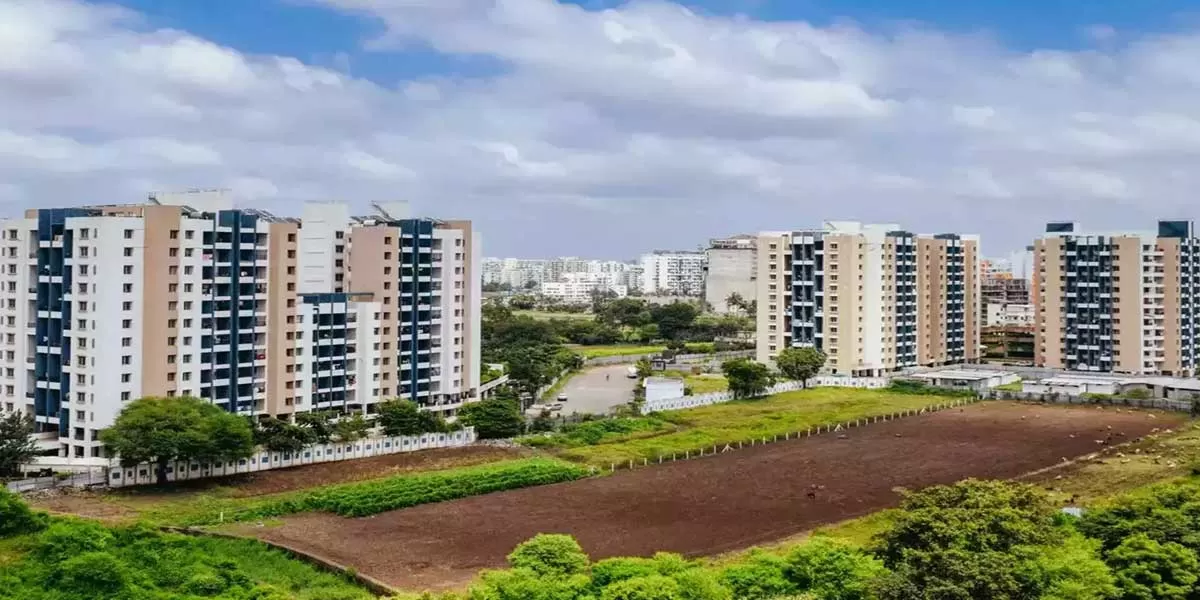


CRS Inspects Newly Doubled Nawada-Tilaiya Rail Section in ECR
The Commissioner of Railway Safety (CRS), Eastern Circle, Kolkata, Suvomoy Mitra conducted an inspection of the newly doubled Nawada-Tilaiya section under the Kiul-Gaya doubling project in Danapur Division. The inspection included a thorough assessment of the newly constructed double line and bridges in the section. As part of the evaluation, a speed trial was successfully carried out at 120 km/h using a special train between Nawada and Tilaiya. The inspection was attended by the Divisional Railway Manager (DRM) of Danapur Division, Jayant Kumar Choudhary, along with senior officials from the..

Rly Board Requests Location Survey for all Seven Circular Rail Corridors
The Board has directed the division to finalise the Feasibility and Location Survey (FLS) for the remaining six corridors of the project before moving forward with the implementation of a single corridor. Since the plan involves a circular rail network, the completion of all corridors is essential to ensure the project's overall functionality. Additionally, the second phase of the Bengaluru Suburban Rail Project (BSRP), covering a distance of 146 km, will be integrated with the Circular Rail project. BSRP Phase-2 consists of extensions to Phase-1 of the suburban rail system, further strengthe..

Bengaluru Office Rents may Rise 5-7% in 2025 Amid IT and AI Demand
Bengaluru’s office rental market is set to experience a 5-7 per cent increase in 2025, driven by growing demand from the IT sector and AI-driven research labs. The city's office space requirements have been steadily rising, particularly with the expansion of global capability centres (GCCs) in recent years. This trend has now been further fuelled by increased interest from technology firms and research institutions specialising in artificial intelligence. The Indian government’s push to establish AI research labs has contributed significantly to this demand. Additionally, sectors such as ..













